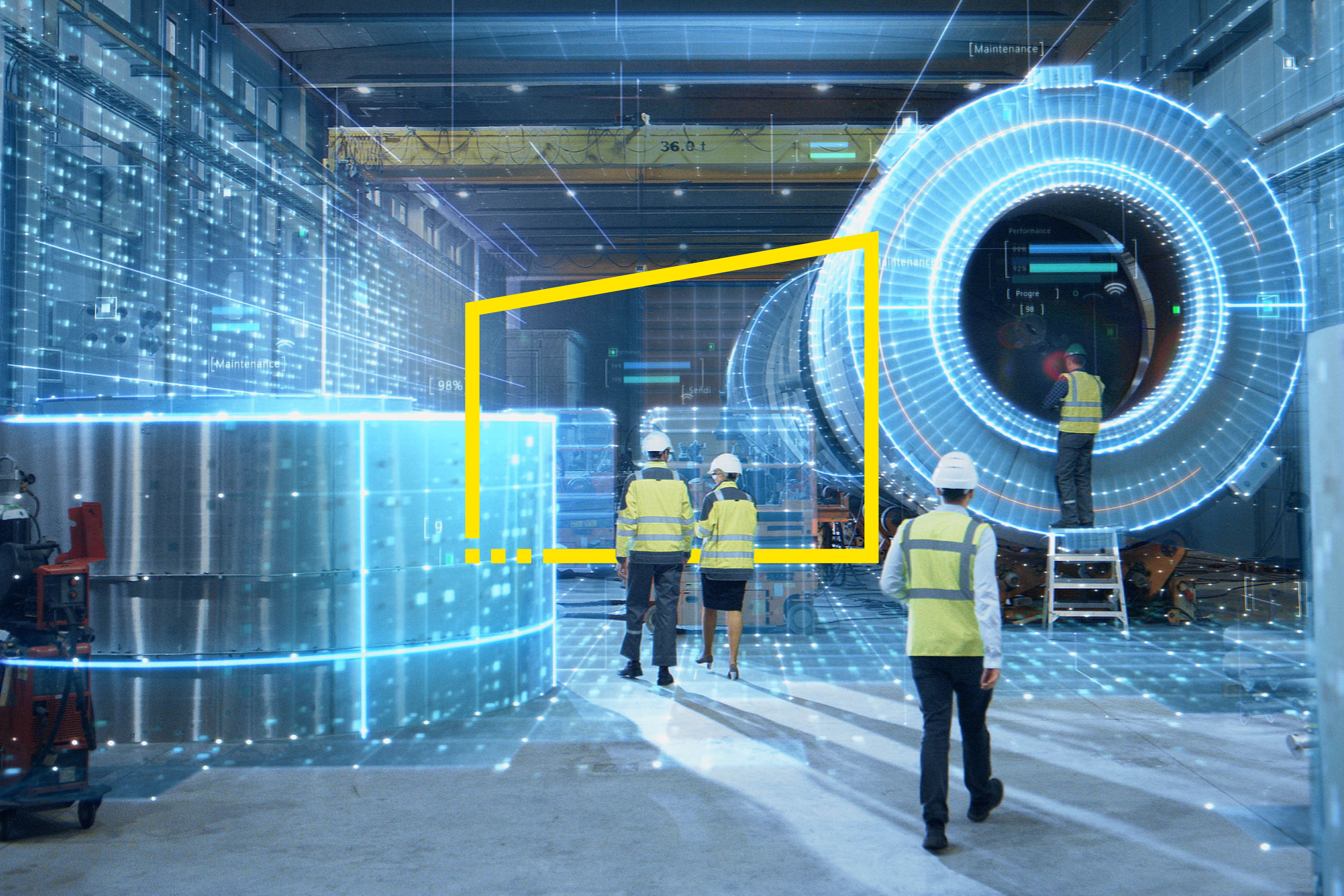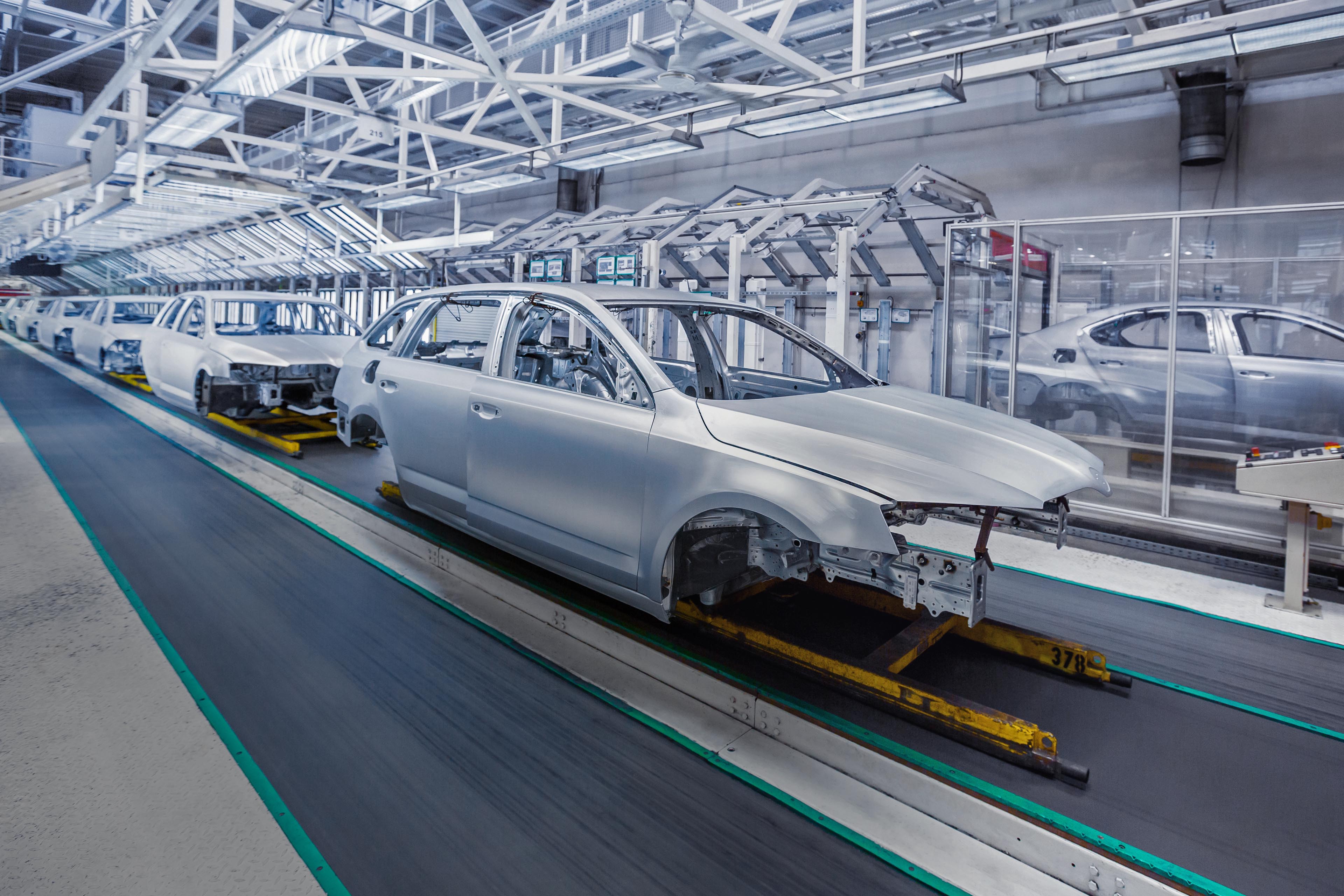EY refers to the global organization, and may refer to one or more, of the member firms of Ernst & Young Global Limited, each of which is a separate legal entity. Ernst & Young Global Limited, a UK company limited by guarantee, does not provide services to clients.
How EY can help
-
Explore the future of mobility with the EY Mobility Lens Suite, a proprietary automotive and transportation research toolset. Learn more.
Read more
Redefine the vehicle architecture — the software-defined vehicle
The shift from hardware to software-defined vehicle (SDV) architectures will not only unlock new revenues in technology and data-based services but also drive cost efficiencies, enhance faster software delivery and improve the quality of fleets. This megapool comprises SDV enabling technologies, advanced driver-assistance system/autonomous vehicle (ADAS/AV) components, data monetization, and software-based repair and maintenance. The combined value of this group of adjacent opportunities is expected to reach about US$169 billion by 2030 at a CAGR of 18.8% between 2023 and 2030.
Vehicles are becoming increasingly software-defined3 — the average number of lines of code per car is anticipated to grow from 200 million in 2020 to as much as 650 million lines by 2025.4 Centralized architectures and standardized platforms are becoming more common, and significant opportunities are arising across the vehicle tech stack, from ADAS/autonomous driving components and chips to new operating systems (OS) and user interface controls. Levels of vehicle autonomy are already rising beyond lane departure warning and blind spot detection, requiring sophisticated radars, light detection and ranging systems (LiDARs) and cameras. Legacy infrastructure must also evolve to seamlessly integrate hardware and software (via OS), facilitate data exchange between OS and applications (via middleware) and accelerate agile development (via standard processes or toolchains).
Connected cars are also generating a wealth of data on driver behavior, vehicle use, location and customer preferences, providing various data monetization opportunities. Moreover, advances in artificial intelligence (AI), machine learning (ML) and vehicle-to-everything (V2X) technologies are transforming the collection and analysis of connected car data, providing customer insights to enable value-added services and enhance operational efficiencies.
A software-defined car will also need to be updated frequently (via over-the-air updates) to ensure optimal functionality. With increased sensors, ADAS recalibration will become critical as minor malfunctions or misalignment can lead to inaccurate readings, causing safety and vehicle performance issues. Connected cars will also enable predictive maintenance using advanced analytics to reduce downtime and improve vehicle performance.
Close the loop — battery and vehicle circularity
Moving toward fully circular models aimed at reusing and recycling materials promises a greener automotive industry and solves an increasingly geopolitical war for rare minerals. The combined value of adjacencies in battery and vehicle circularity is expected to reach US$88 billion by 2030 at a CAGR of 16.2% between 2023 and 2030.
Decarbonization and waste management directives are forcing industry players to upgrade from traditional take-make-waste to closed-loop circular models. The EU remains at the forefront of this change, mandating OEMs since 2015 to ensure 95% of vehicle weight be reusable or recoverable and further proposing recycling 25% of plastics used in the sector by 2030 (of which 25% must come from end-of-life vehicles).5 It has also put mineral-specific recovery targets to increase recycling efficiency (e.g., lithium recovery rate of 50% by 2027 and 80% by 2031). Moreover, there are mineral specific mandates for the use of recycled materials in new batteries (e.g., 6% recycled lithium and nickel and 16% recycled cobalt by 2031, increasing to 12% recycled lithium, 15% of recycled nickel and 26% of recycled cobalt by 2036).
The increased demand for electric mobility and the resulting need for batteries has created significant opportunities in battery circularity. Spent EV batteries can be repurposed and reused — for stationary power storage applications or in vehicles with lower capacity requirements — or they can be recycled to recover scarce minerals. However, the increasing lifespan of EV batteries may result in limited recycling feedstock, creating potential headwinds to meet regulatory targets.
The focus must also go beyond decarbonization if the industry is to lead on a broader environmental, social and governance (ESG) frontier. The use of sustainable materials in cars is already on the rise, from recycled steel and battery minerals to bio-based thermoplastics and recovered carbon black. However, the cost to innovate with these materials remains quite high. The fragmented nature of the market and downcycling practices create further challenges to retain the recycling value within the automotive ecosystem. To maximize value creation across the vehicle lifecycle, design, processes and business models must all be synced.











